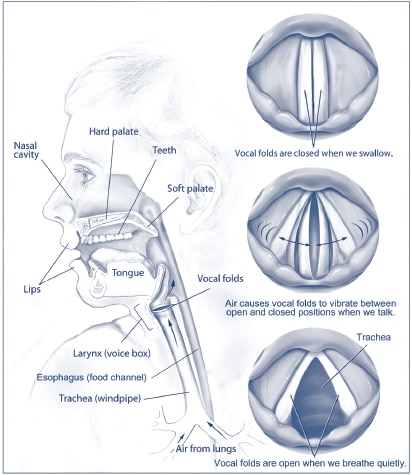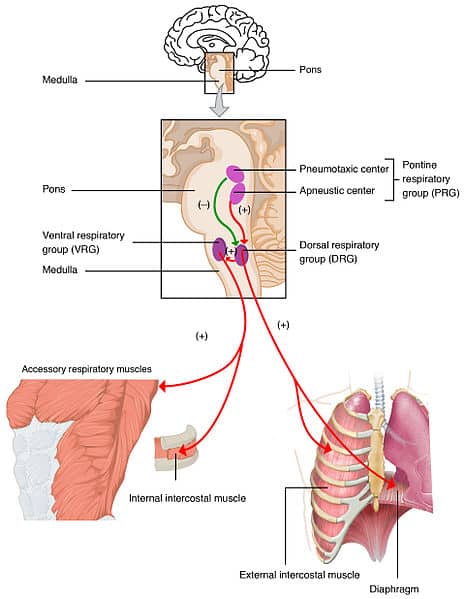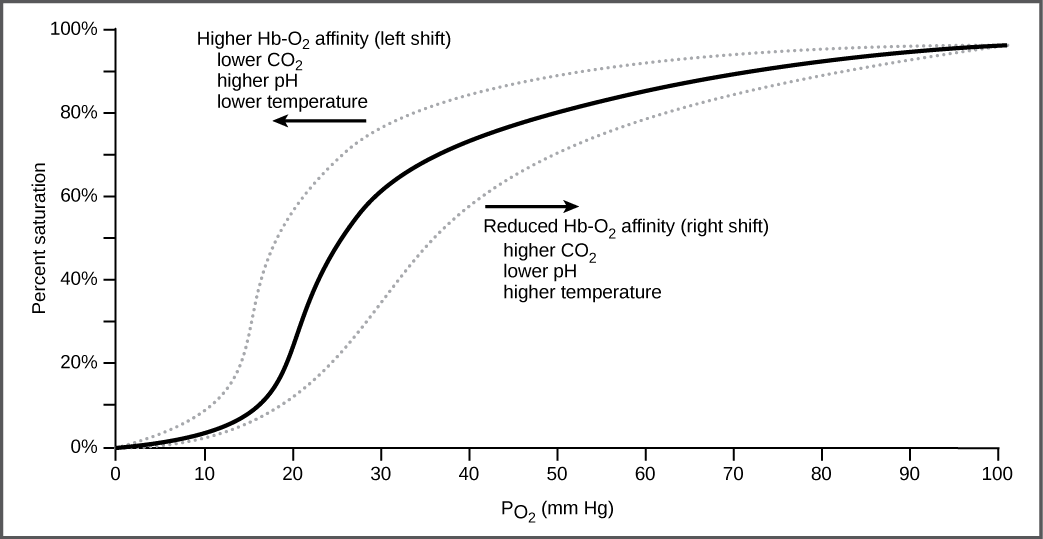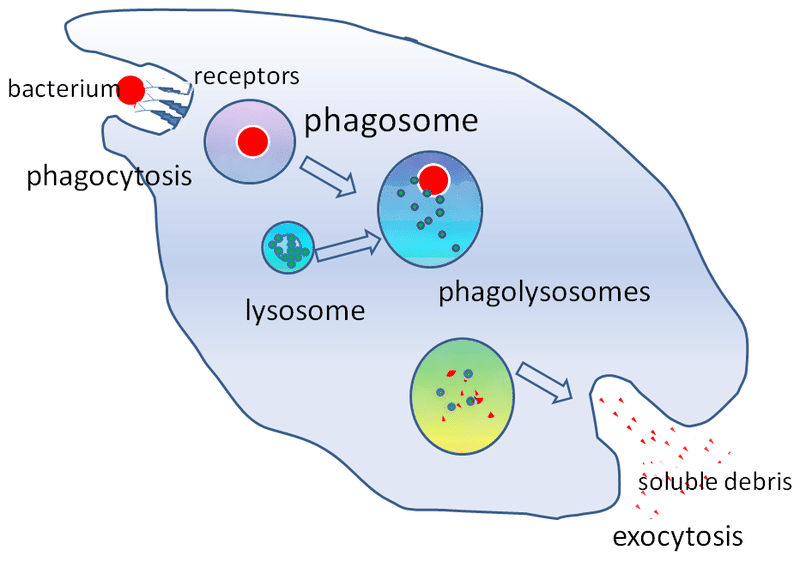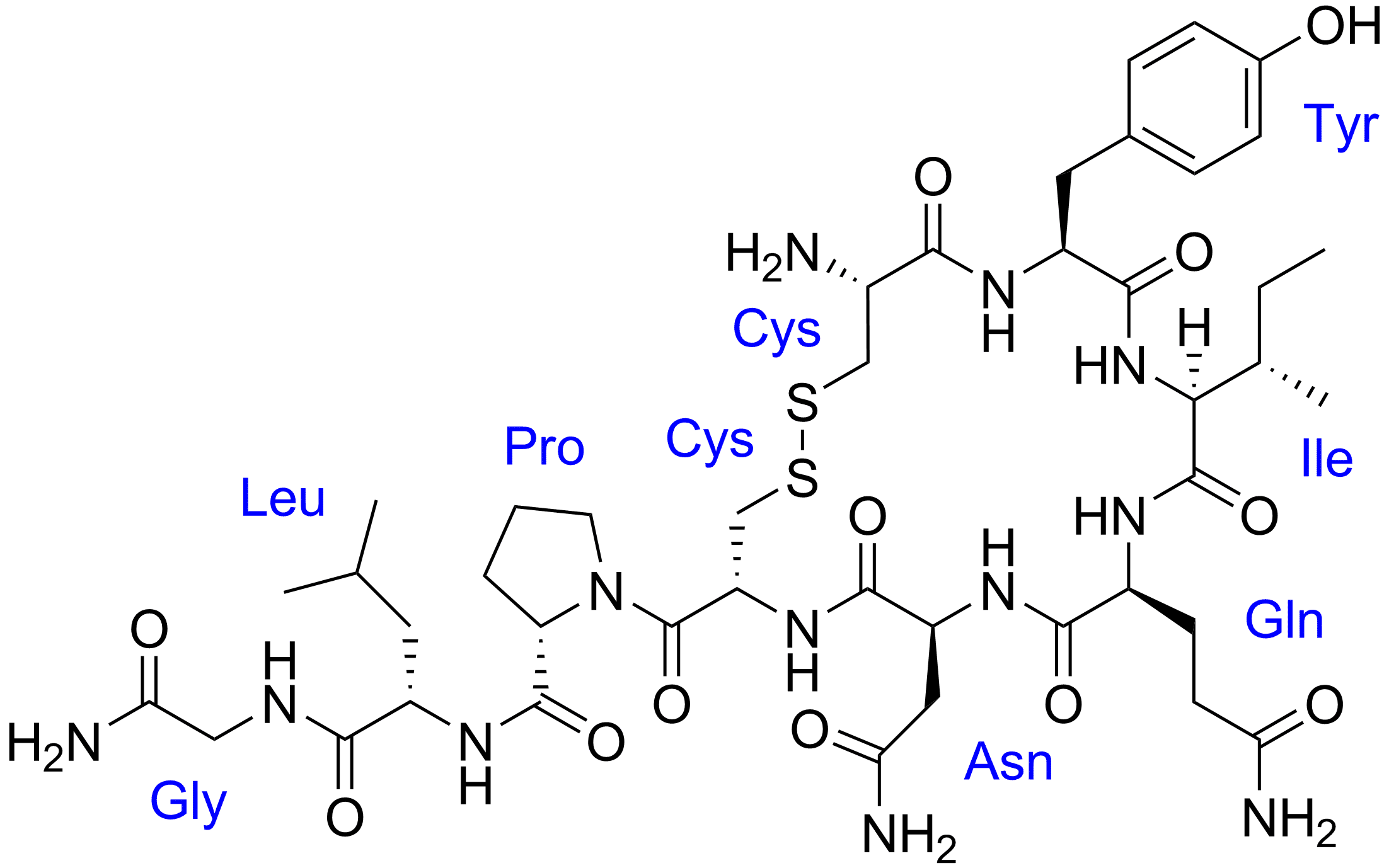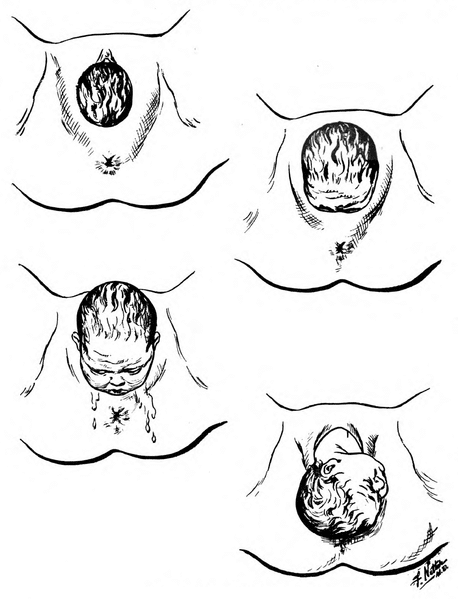Chemoreceptors are stimulated by a change in the chemical composition of their immediate environment. There are many types of chemoreceptor spread throughout the body which help to control different processes including taste, smell and breathing. In this article, we shall focus on how our respiratory system is regulated by central and peripheral chemoreceptors.
Ventilation, the movement of air in and out of the lungs, facilitates gas exchange. Therefore, the ventilation rate is vital in the regulation of the partial pressures of oxygen (pO2) and carbon dioxide (pCO2) in the blood. In order to maintain this, respiratory muscles must contract and relax rhythmically to alternatively fill the lungs with air in inspiration, and then empty them in expiration. In this second article we shall consider the underlying mechanisms and neural control of ventilation.
